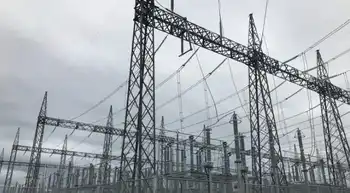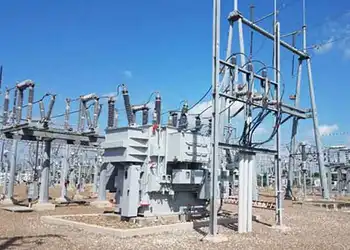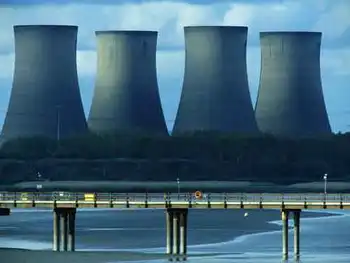China to set up 10 nuclear plants in Pakistan
By Industrial Info Resources
Arc Flash Training CSA Z462 - Electrical Safety Essentials
Our customized live online or in‑person group training can be delivered to your staff at your location.

- Live Online
- 6 hours Instructor-led
- Group Training Available
The plants will be developed at six locations across the country, including the Dera Ghazi Khan Canal, the Kabul River, the Nara Canal, the Pat Feeder Canal, the Qadirabad-Bulloki link canal and the Taunsa-Punjnad link canal.
Pakistan has also approached China for immediate technology and fuel assistance to set up two nuclear power plants as proposed by Pakistan's government at a cost of $1.8 billion with a foreign exchange component of $1.28 billion. The two proposed plants will be set up at the Chashma complex in the Punjab province where China has already set up a 300-MW nuclear reactor that is currently in operation.
China is also in the process of developing another 300-MW unit in Chashma that is slated for completion by 2011. The two new projects are scheduled for completion in eight years and are expected to produce 4,467 million kilowatt-hours of electricity per year at a cost of [US] 7.75 cents per unit of electric power.
Each plant will consist of a nuclear steam supply system made up of a reactor and coolant loops, each comprising a steam generator and a reactor coolant pump. The coolant loops will be connected to the reactor vessel in parallel.
Pakistan has also launched a program to build the skilled manpower required for its nuclear targets at a cost of $6.29 million with a foreign exchange component of $2.13 million. The country currently has less than 150 qualified professionals against a requirement of about 250 persons per nuclear plant and an overhead of nearly 800 personnel to engage in project management, design, engineering, development, construction and installation of nuclear power projects.
The government plans to recruit 400 people over the next five years and train them for a period of 20 months. The training program will be focused on providing candidates with technical know-how of nuclear power plant development and operations, fluency in technical Chinese language to facilitate negotiations with Chinese partners and vendors, and on-the-job training in China for a period of four months in specific areas of expertise.
Pakistan is also developing a $1.2 billion facility to manufacture full-cycle nuclear fuel and power projects. The Pakistan Atomic Energy Commission plans to set up the Pakistan Nuclear Power Fuel Complex at a cost of $656 million in a bid to secure 100% indigenous capability in the manufacture of pressurized water reactors and development of nuclear power projects.
The complex will house manufacturing facilities to domestically produce pressurized water reactor fuel and is expected to address at least one-third of Pakistan's fuel requirements for existing reactors and the proposed nuclear plants to be set up by 2030. The complex will consist of a $370 million chemical processing plant to produce nuclear fuel, structural materials and natural uranium hexafluoride from yellow cake, and to produce depleted uranium metal by converting depleted uranium hexafluoride gas.
A $51.2 million fuel fabrication plant will be set up for the fabrication of fuel assembly. The complex will also consist of a fuel-testing facility, a fuel enrichment plant and a Seamless Tube Plant-1.
While Pakistan maintains that its talks with China have no relation to the Indo-U.S. nuclear agreement, analysts say Pakistan's move is directed at stemming the impact of the waiver accorded to India by the Nuclear Suppliers Group, allowing the nation to procure fuel from members of the group.
Pakistan continues to maintain that it is pursuing talks with China to empower itself with low-cost nuclear energy as a source of electricity to cater to its power requirements. Low costs will be critical in launching the nuclear power program, as Pakistan is currently strapped for funds to run the basic infrastructure.
Pakistan and China have had a long-standing alliance of mutual cooperation since the early '50s. In the last three years, Pakistani officials visited China 10 times.
The two nations are setting up several joint working groups and undertaking studies to explore potential areas of cooperation and to accelerate joint efforts in various fields, primarily the energy sector. Pakistan's power crisis took a turn for the worse in November 2007 with massive power outages plaguing commercial and residential establishments throughout the country.
The power shortage in the country stands at an average of 1,500 MW to 2,000 MW. The country currently has an installed power generation capacity of 19,400 MW and is looking to raise it to 162,590 MW by 2030.











